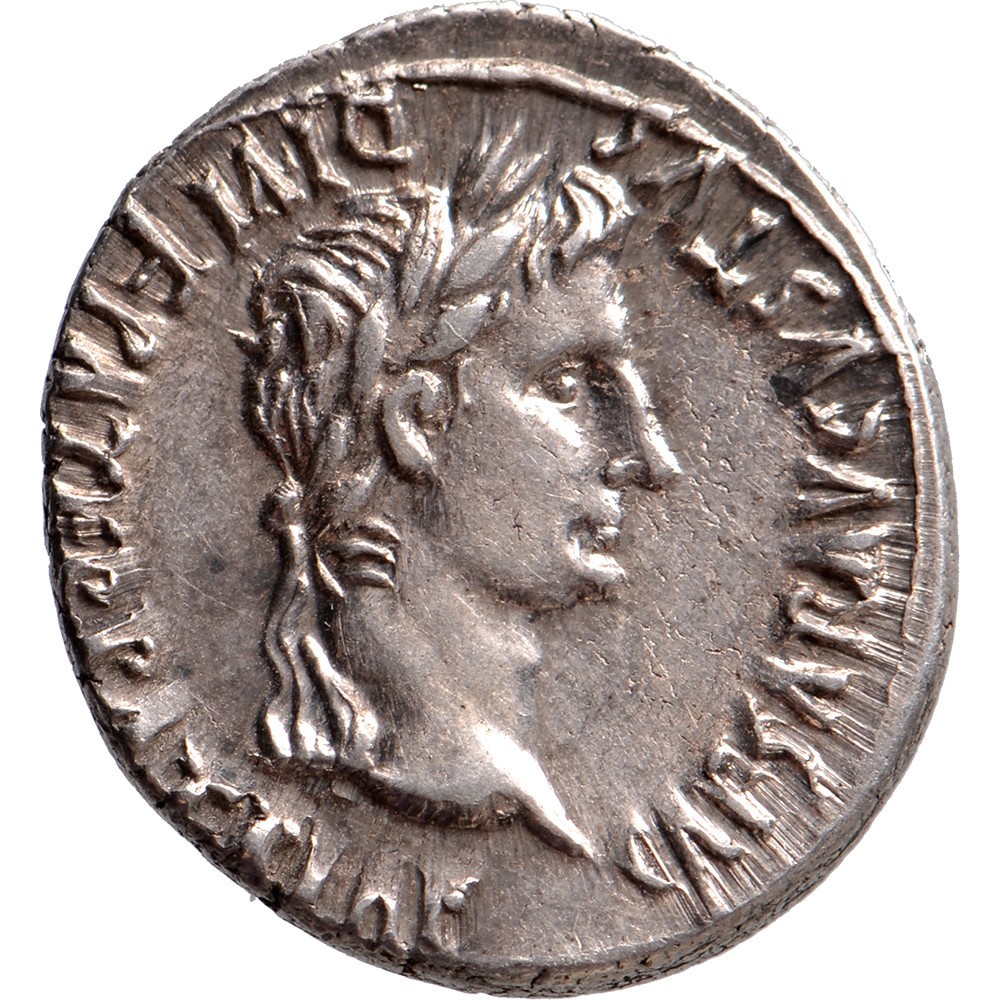
The paper presents an unknown coin die, which is for obverse of denarii of Augustus. The coin die is said to have been found many years ago in the vicinity of the village of Gigen, district of Pleven — near the ancient Roman colony of Ulpia Oescus and is now kept in a private collection. Only the bronze plate is preserved, where in negative is featured a portrait of Augustus, turned to the left, and around the portrait image is disposed the legend: AVGVSTVS DIVI F — mirrored. The coin type of the coin die is for denarii of Augustus struck in the mint at Lugdunum (today Lyon, France) between 15 and 11 BC. The new coin die presented is of the same type as one of the coin dies from the collection of the National Institute of Archaeology with Museum in Sofia. The collection of the same museum in Sofia stores another obverse coin die for denarii of Augustus of a type struck in the mint at Colonia Patricia (today Cordoba, Spain). All three obverse coin dies for denarii of Augustus are discussed in a general context, because their time of making is between 17 — 16 and 15 — 11 BC. All three obverse coin dies of Augustus are represented as dies of moving military camp mints.
Source: Manov M. (2021) An unknown coin die of Augustus (27 bc – 14 ad), found near Oescus on the Danube. Journal of Ancient History and Archeology. Vol.8, №1: 26-33
Source web-site: http://jaha.org.ro/index.php/JAHA/article/view/579
Number of views: 1779